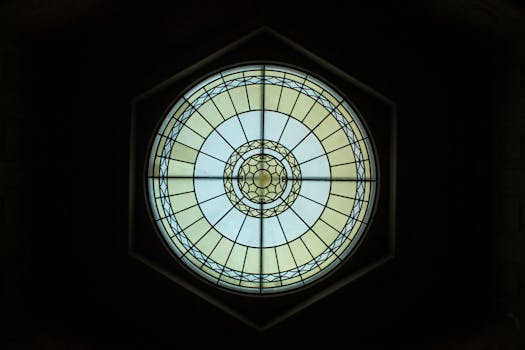
Traveling Through Time: How Europe’s Historical Heritage Shapes Modern Lifestyles in 2025
Introduction to Europe’s Historical Heritage
Traveling Through Time: How Europe’s Historical Heritage Shapes Modern Lifestyles in 2025. Europe, with its vast and diverse historical heritage, has always been a fascinating continent to explore. From the ancient ruins of Greece and Rome to the medieval castles of England and France, Europe’s rich history has left an indelible mark on modern lifestyles. In this article, we will delve into the ways in which Europe’s historical heritage continues to shape modern lifestyles in 2025, from architecture to art and cuisine.
The Impact of Historical Architecture on Modern Lifestyles
Europe’s historical architecture has had a profound impact on modern lifestyles. The continent is home to some of the world’s most iconic landmarks, such as the Eiffel Tower, the Colosseum, and Big Ben. These structures not only attract millions of tourists each year but also inspire modern architects and designers. The use of historical architectural styles, such as Gothic, Renaissance, and Baroque, can be seen in many modern buildings, from homes to offices and government institutions. Moreover, the preservation of historical buildings has led to the development of sustainable and eco-friendly construction practices, which are essential for reducing carbon emissions and mitigating climate change.
The Role of Art and Culture in Shaping Modern Lifestyles
Art and culture have always played a significant role in shaping modern lifestyles. Europe’s historical heritage is home to some of the world’s most famous museums, galleries, and theaters. The Louvre, the Uffizi Gallery, and the National Gallery are just a few examples of the many institutions that house an vast array of artistic treasures. The works of famous artists, such as Leonardo da Vinci, Michelangelo, and Vincent van Gogh, continue to inspire modern artists, designers, and musicians. Moreover, the continent’s rich cultural heritage has given rise to numerous festivals and events, such as the Venice Carnival, the Tomatina festival, and the Oktoberfest, which attract millions of visitors each year and promote cross-cultural understanding and exchange.
The Influence of Historical Cuisine on Modern Lifestyles
Europe’s historical cuisine has had a lasting impact on modern lifestyles. The continent is home to a diverse array of culinary traditions, from French haute cuisine to Italian pasta dishes, Spanish tapas, and German beer. The use of local and seasonal ingredients, which was common in historical times, has become a hallmark of modern cuisine. Many restaurants and chefs are now focusing on sustainable and locally sourced ingredients, which has led to a reduction in carbon emissions and support for local farmers. Moreover, the preservation of historical recipes and cooking techniques has given rise to a new wave of foodies and cooking enthusiasts, who are passionate about exploring and preserving Europe’s rich culinary heritage.
Conclusion
In conclusion, Europe’s historical heritage continues to shape modern lifestyles in 2025. From architecture to art and cuisine, the continent’s rich history has left an indelible mark on modern society. As we move forward in time, it is essential that we preserve and protect our historical heritage, not only for future generations but also for the benefit of our planet. By embracing sustainable practices, supporting local communities, and promoting cross-cultural understanding, we can ensure that Europe’s historical heritage continues to thrive and inspire modern lifestyles for years to come.





